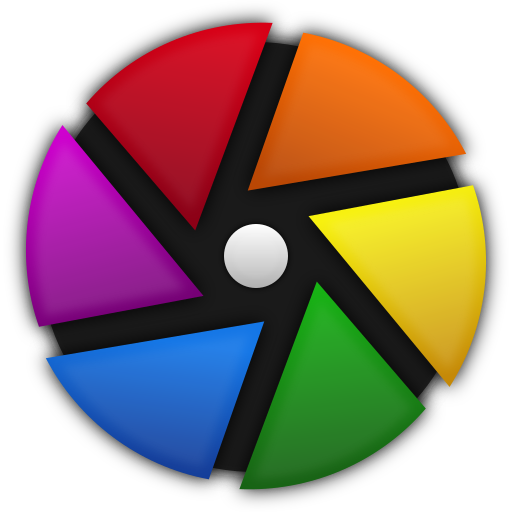diablo2424 wrote:
What photo editing software do fellow Linux, photography enthusiasts use to edit their pictures?
GIMP. Unstable has support for 16/32 bit per colour channel precision.
More GNU/Linux** tools here:
https://pixls.us/software/
Thanks for the link, I'll check some of those out! Which do you use? GIMP? I've used GIMP over the years for digital image editing, but am not sure where to start with photo editing...
Indeed. I also forgot to mention the G'MIC plugin for GIMP.
Thank you!
Link for myself to download later when I get home -
http://gmic.eu/gimp.shtml
he believes in a "if it's not good enough from the camera, then you didn't take the picture well enough" theory.
Then you're leaving it up to the camera designers on how best to render jpegs from the raw sensor data. How good are the algorithms which have to run within the power and memory constraints of an embedded device as compared to those designed to run on a PC?
This is very true, however, I would think (hope) that the engineer's at Canon know more this than I do

.
I'm not suggesting that you write your own wavelet sharpening or decomposition functions

. I was comparing in camera to the algorithms found within image processing software. In film days, good darkroom technique enhances your slide/negative. Ditto for postprocessing your sensor data.
Also, you'll be surprised at what a difference calibrating your lens/body/light combination makes to the accuracy of colours, which is a good starting point for you to then express your vision. You'll need to shoot RAW to do so.
Oh of course, lol. I have a few friends that learned processing with 35mm and the whole dark room thing, they always rave to me about how cool it was and the skill involved. Then I remind them how now with digital we can shoot, preview the image and if we don't like it, take it again (with a better angle, lighting, settings etc.)

.
RAW is something I do want to start shooting in, so I can mess around with editing; since I didn't edit before, I never bothered with shooting in RAW. Thanks for the tips though, I'll look into those basic editing functions, and start messing around with my images.
** - nitpick: Linux is just the kernel
**- correct, of course it is, however, I wasn't going to point out a specific distribution as applications can be repackaged or made from source if need be onto any distro.
I understand what you meant by Linux. GNU/Linux contains the kernel and the myriads of programs required to run a working OS. The OS is GNU/Linux, irrespective of distro.
It's good to see another fellow enthusiast on these forums

Also, getting into the nitty gritty, MAC OS X is based on a Unix kernel as well, so some applications for Linux are also made for MAC. But then again LR and PS have MAC editions, so that would be more wise to use as there are plenty of tutorials out there for them. Speaking of which, thank you for the side note, it's made me realize I should do some research and look for GIMP photo editing tutorials myself

.
You can build Linux programs for OS X via MacPorts. Indeed, that's how I ran GIMP on work mandated Apple laptops (never again, as the hardware is flaky and Apple support is sh!te***).
As a big F You to the philosophy of sharing and cooperation, Apple keeps large parts of OS X proprietary, whilst taking advantage of community development. That the BSD license allows such selfish behaviour is why I won't touch Apple.
True, you could do that, but it's not usually worth the effort, heh.
Yeah, one of the few reasons I'm not a fan of Apple myself either.
Aside from GIMP are there any other preferred applications that you use? Or should I just play around and learn how to edit within GIMP?
If you're shooting RAW, you'll need to use a RAW developer before importing into GIMP.
*** - Overheating GPUs frying logic boards when Apple were warned about the issue by the GPU manufacturer themselves long before, and Apple "Geniuses" claiming that since the GPU appeared fine at the time, there was no danger of overheating eventually. When the inevitable happened, I was given a farcical run around from Apple staff claiming that their GPU diagnostics couldn't diagnose anything. Not surprising, as the GPU had fried the motherboard, meaning the laptops wouldn't boot!
Okay, I'll look up a RAW developer... GIMP can't import RAW files?
Maybe, I will just grab the wife's old MAC or get PS/LR running in either WINE or a VM on my OpenSuSE box, just for editing, it may be easier.
*** - Don't even remind of this. The first MacBook Pro I bought my wife, back in 2008, that did just that, just over a year of having the $1,800 POS (I only buy Apple products for her refurbished or used now, usually from Apple Refurb, not terrible deals). Of course, that was JUST out side of the 1 year warranty, so they told me to go pound salt. I was furious, and explained to her why I enjoy my home built PC's running Linux, lol.

